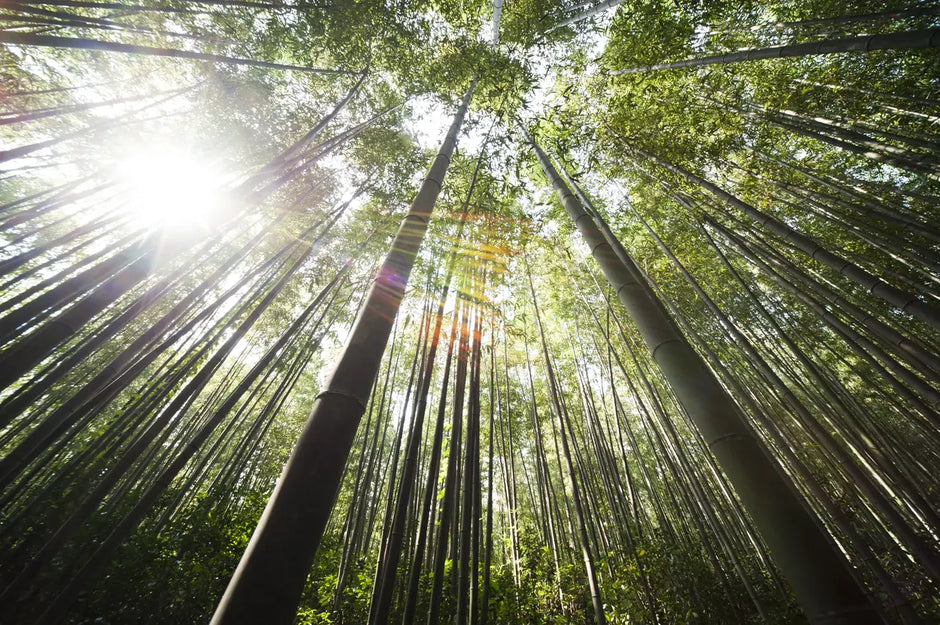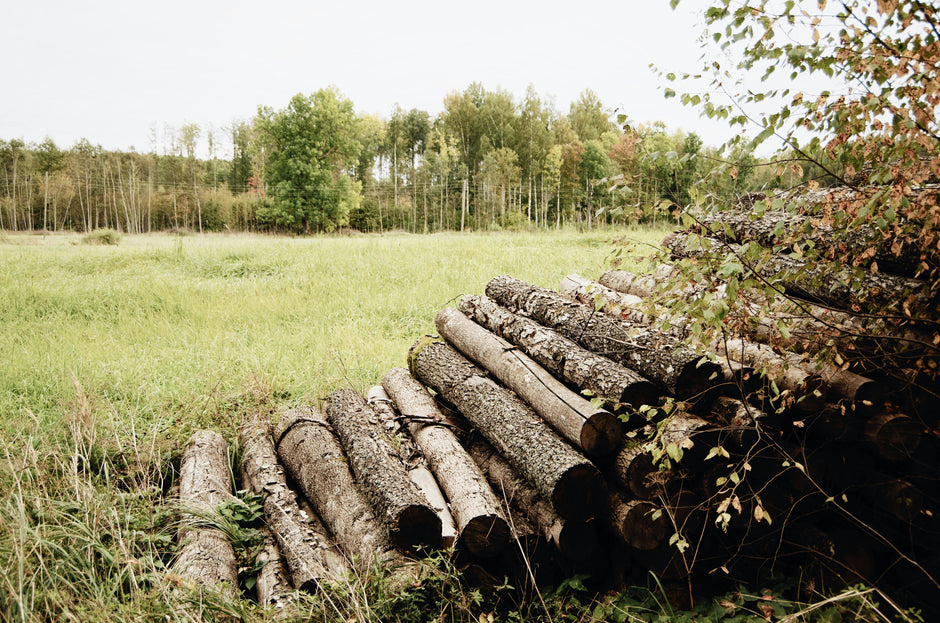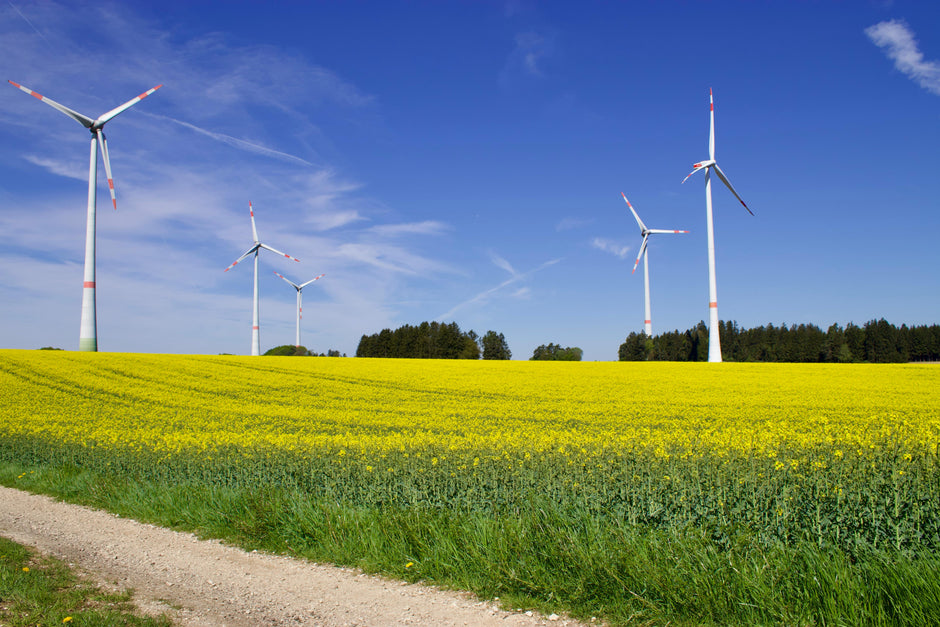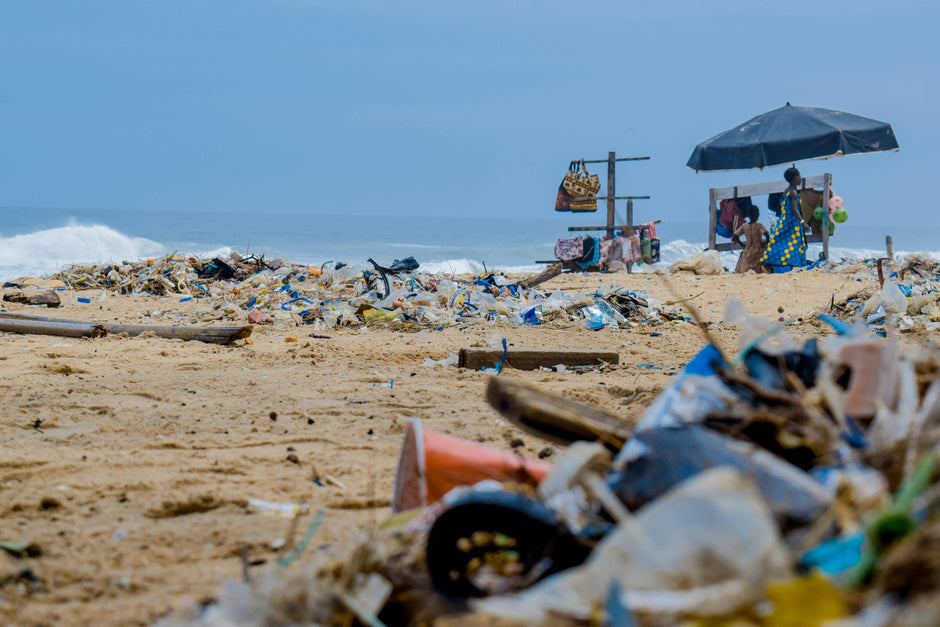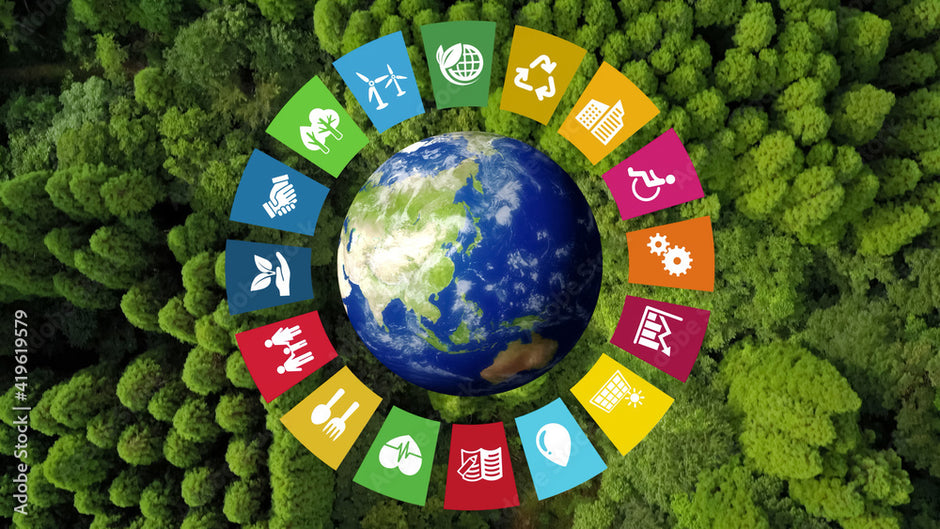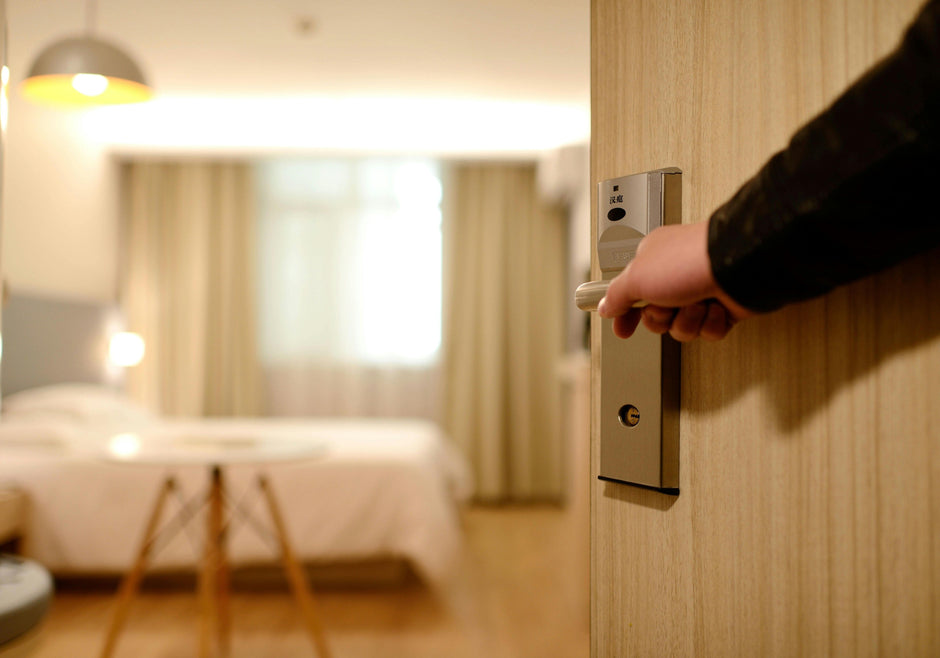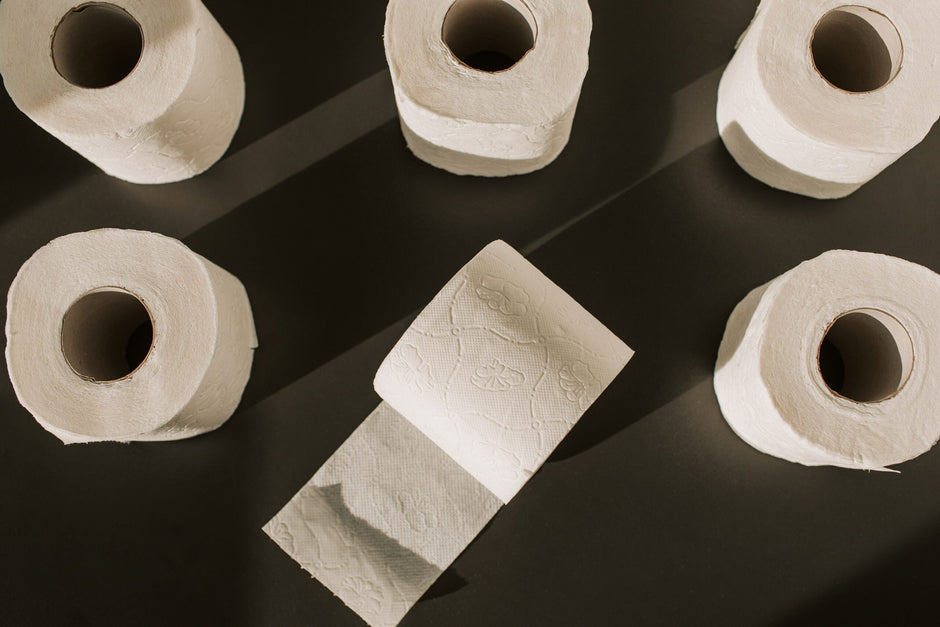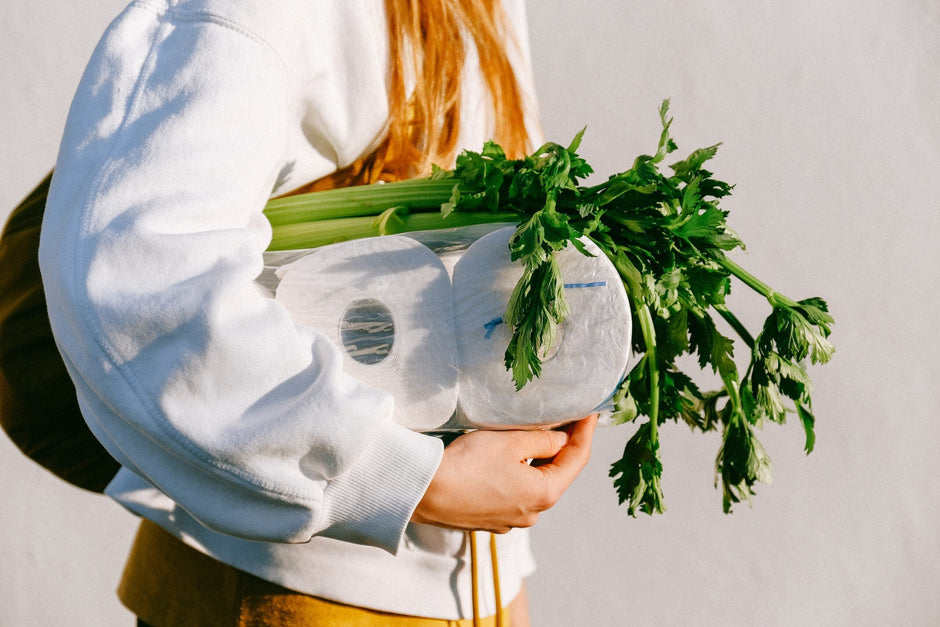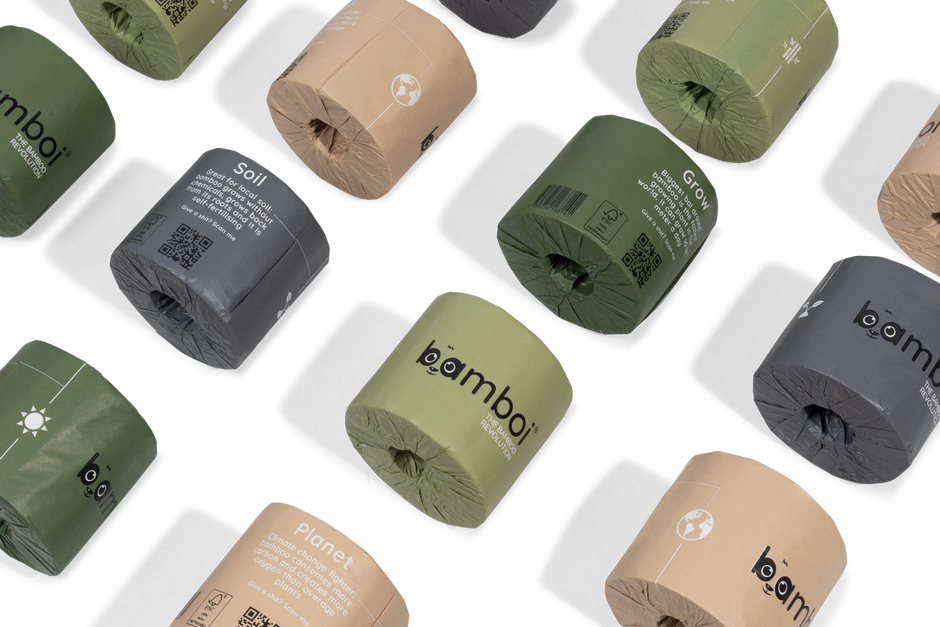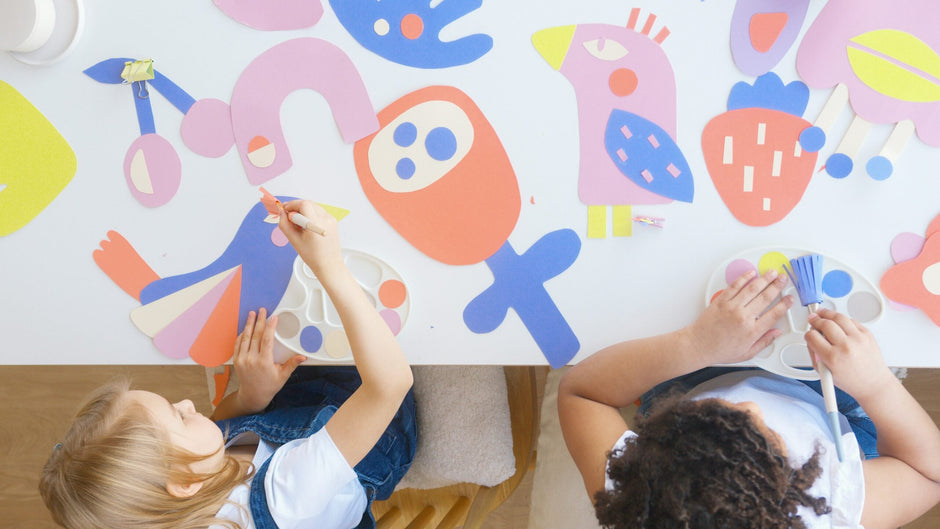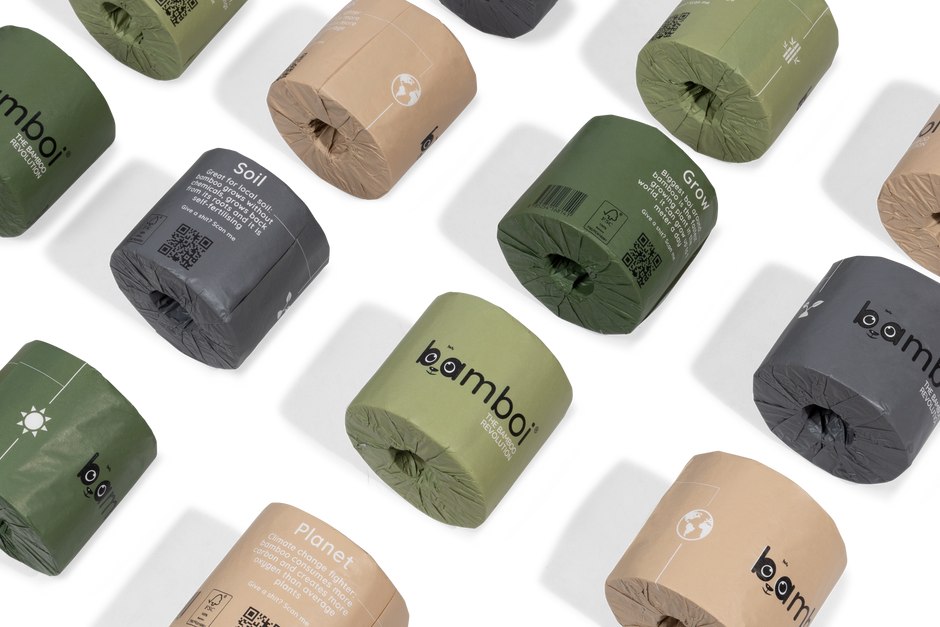Bamboi® bamboo toilet paper is manufactured in China, where the world’s largest bamboo forests are located. This abundance of local, natural raw materials, combined with extensive expertise in bamboo processing, enables us to produce genuinely 100% bamboo toilet paper. From the core to the roll and its wrapping, every part of our product is made entirely of bamboo.
Sustainable origin of our bamboo
The bamboo that Bamboi® uses comes from responsibly managed forests in the Sichuan region of China. This particular species of bamboo, which covers an area of 200,000 hectares (comparable to 100,000 to 150,000 soccer fields), is not attractive to pandas.
Thanks to this abundant source, we can produce sustainably without disturbing the ecosystem. The more we use this bamboo, the better it is for the world. For more information, please see our frequently asked questions.

How sustainable is the transport of Bamboi® bamboo toilet paper from China?
A frequently asked (and justified) question: how sustainable is it to source toilet paper entirely from China? Although our bamboo paper is produced there, we consciously opt for efficient, large-scale container ship transport. And that is important, as transport plays a significant role in the product’s overall ecological footprint.
Why sea freight can indeed be sustainable
Container ships transport between 20,000 and 30,000 containers at once, resulting in an extremely low emission per product. This makes sea freight – despite the long distance – often more sustainable than one might think, and in many cases even more sustainable than road transport within Europe.
Example calculation – sea freight vs. road transport:
Imagine: a container holds 60,000 rolls of toilet paper.
-
Sea freight from China (±20,000 km):
Large container ships emit on average 3 grams CO₂ per ton per kilometer.
-
-
10 ton × 3 g × 20,000 km = 600 kg CO₂ in total
-
-
-
Divided by 60,000 rolls = 10 grams CO₂ per roll
-
-
Truck within Europe (±200 km):
A truck emits on average 1120 grams CO₂ per ton per kilometer.
-
-
10 ton × 1120 g × 200 km = 2,240 kg CO₂ in total
-
-
-
Divided by 60,000 rolls = 37 grams CO₂ per roll
-
Result: one roll of toilet paper per shipload from China causes nearly four times less CO₂ than that same roll transported by truck over a short distance within Europe.
Choose a responsible option
At Bamboi®, sustainability begins at the source, with responsibly managed bamboo forests and efficient transport that is surprisingly environmentally friendly. But sustainability doesn’t stop there. Even in everyday use, bamboo toilet paper offers numerous advantages – from softness and strength to skin-friendliness and rapid biodegradability.
Discover all the advantages of bamboo toilet paper and make a conscious choice for tomorrow.



